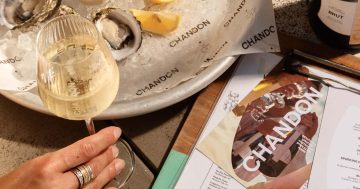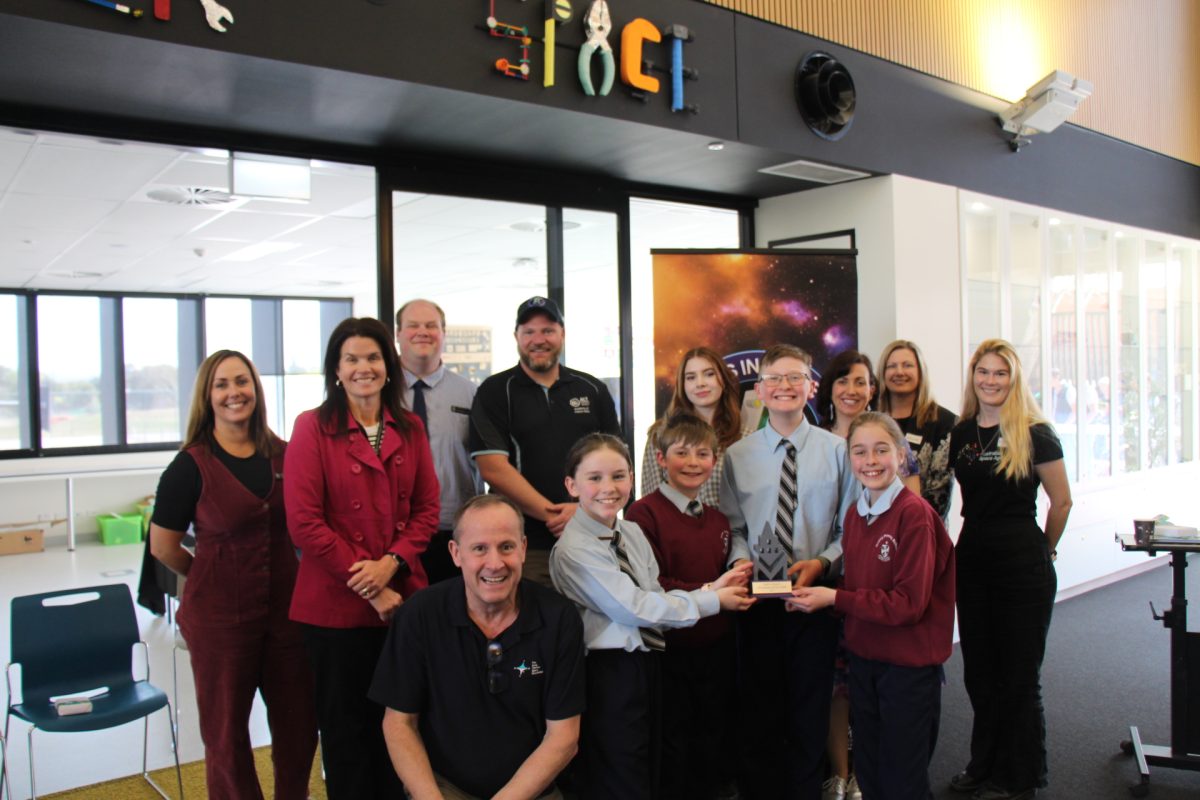
The ACT winner of this year’s ‘Kids in Space’ competition – Rosary Primary School. Photo: Christina Soong.
What do humans need to make life on Mars a reality?
Rosary Primary School in Watson has an answer, and it “looks a bit like an octopus”.
A team of four Year 6 students came up with a detailed design to “help future overpopulation” on Earth by way of “self-sustaining pods” for Mars.
They took into account everything from the need for “extreme heating” – to combat the red planet’s frigid outside temperatures – to separate rooms for raising animals and growing fruits and vegetables for food, and even “bugs” to dispose of “human and animal waste”.
“My favourite part was probably the hydrogen and electrolysis, with hydrogen as the power source and electrolysis to get us oxygen,” Year 6 student Tomas Spoljaric says.
“The whole design was based on an octopus because there are eight rooms leading from the main hub.”
The idea, made into a 3D model, has earned Tomas and his four teammates an overnight trip to the Australian Space Discovery Centre in Adelaide in November as the ‘ACT State Winner’ of this year’s ‘Kids in Space’ competition.
Described as an Australia-first national education program, ‘Kids in Space’ was launched last year by the Andy Thomas Space Foundation – supported by the Australian Space Agency (ASA) and Makers Empire – as a way of sparking interest in space among Australia’s kids.
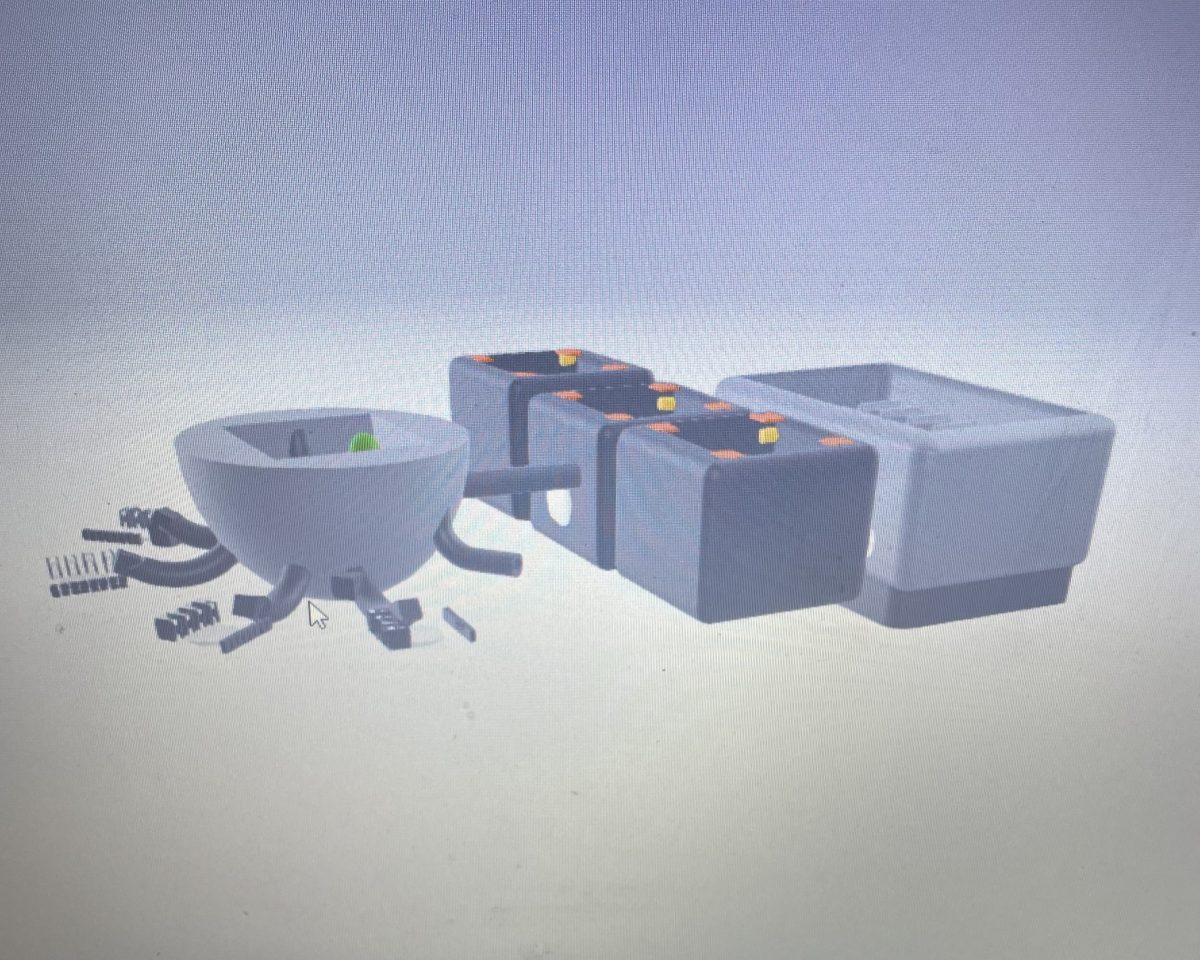
A portion of the digital design by the Rosary Primary School team. Photo: Kathryn Watson.
School teams are encouraged to find the solution to a space-themed problem and craft it using 3D-printing technology.
“The Kids in Space program uses the wonders of space to ignite the interest of young Australians in STEM, preparing them for a future where those skills are increasingly vital,” ASA head Enrico Palermo said.
For 2024, 115 schools came on board – 62 per cent more than last year – and hundreds of teachers.
This year’s participating ACT schools included Covenant Christian School, Rosary Primary School, Taqwa School, Farrer Primary School, MacGregor Primary School, Monash Primary School, Kaleen Primary School, St Francis of Assisi Primary School and Arawang Primary School.
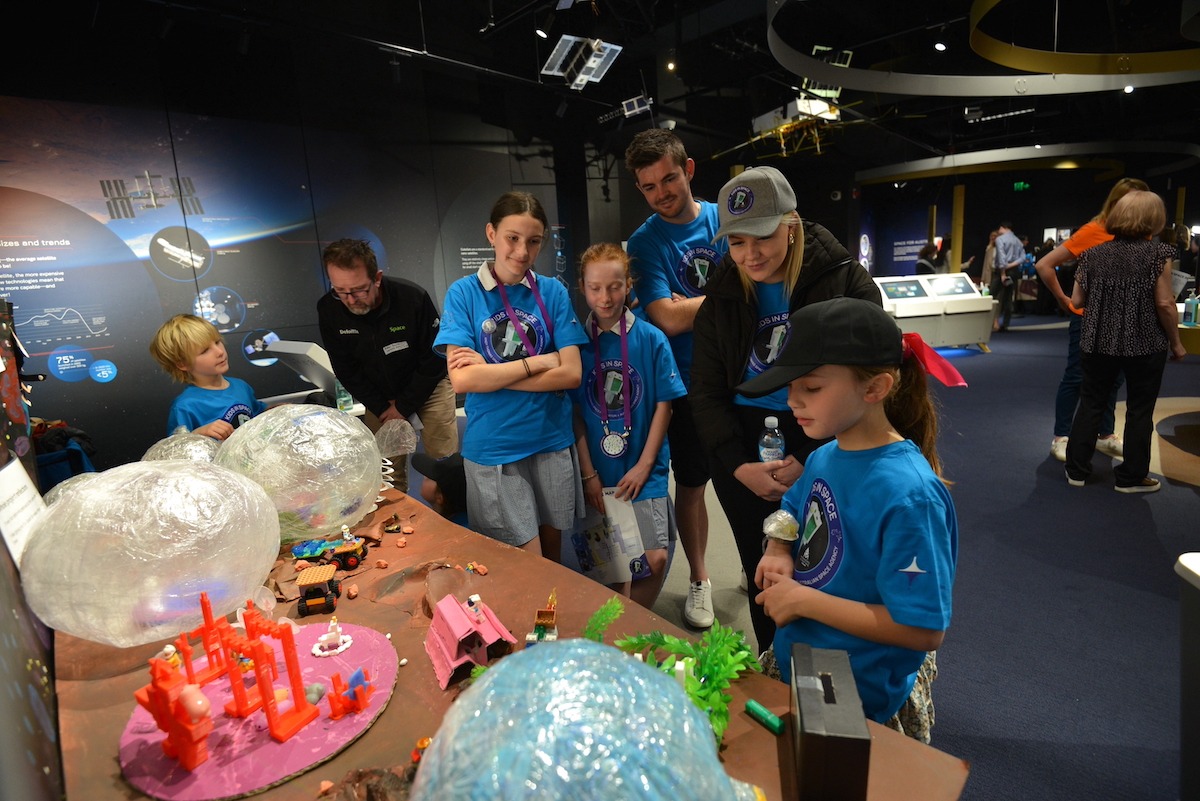
The winners from each state will head to Adelaide this November for the finals. Photo: Makers Empire.
Each school received all the equipment they needed in a package worth $6500. This included professional development training for the teachers, 3D design tools and resources, a “space-themed Challenge Course” educational program and a 3D printer.
The challenge for the kids was to “design something that might help astronauts to work and live in space or use space technologies to design something that will help solve a problem on Earth”.
At each state or territory final, one school is judged winner and entered into the national finals at the Australian Space Discovery Centre. The ACT final was held at the Caroline Chisholm School in Chisholm.
“It was a bit nerve-wracking but also very fun,” Tomas says.
The judges named his team ‘ACT State Winner’ for the depth of their design and research, while the ACT Peer Prize went to Team 2 from MacGregor Primary School, who tackled how to grow food in different biomes in space.
The details of the trip are yet to be revealed, but Tomas is already “very excited”.
“It doesn’t feel like it’s actually happening. I’m trying not to get my hopes up.”
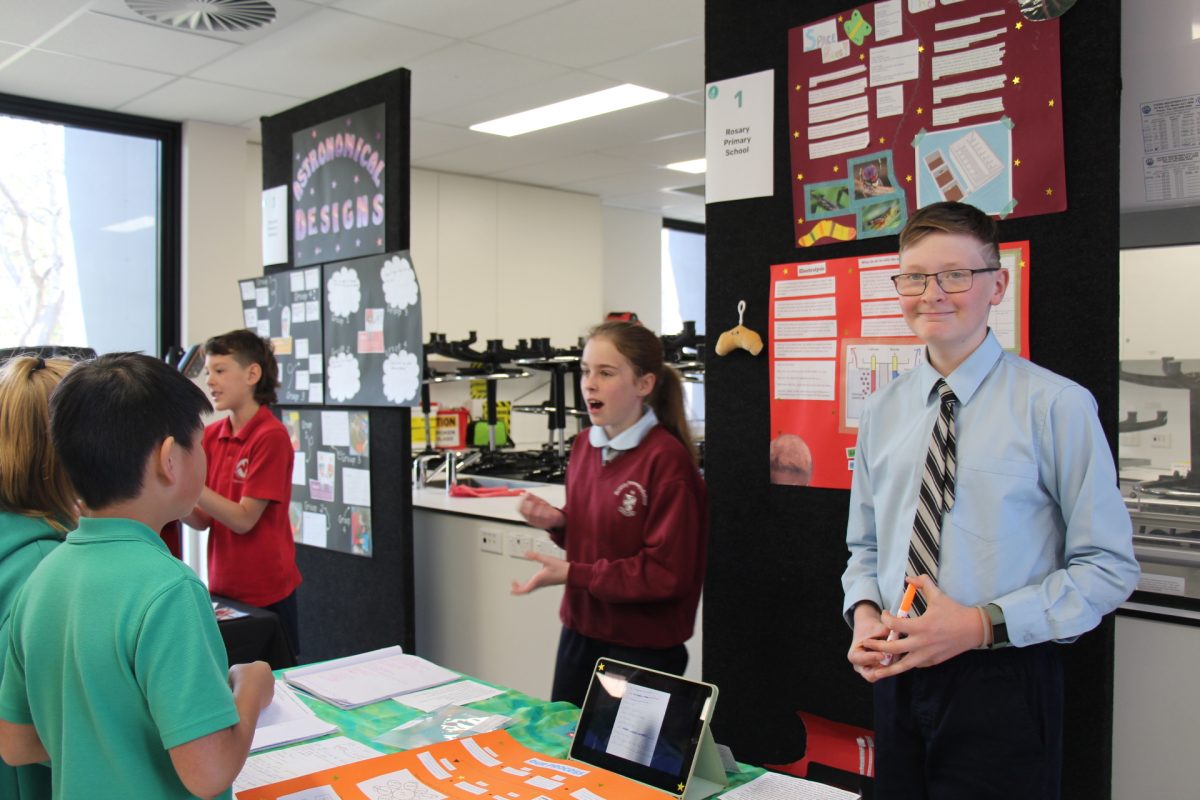
The Rosary Primary School team presenting their model at the finals. Photo: Christina Soong.
Rosary Primary School teacher Kathryn Watson described the Kids in Space program as “incredibly well structured”.
“There are some other great programs out there, but this would have to be one of the best I’ve used,” she says.
“And you can add on little bits, like sometimes we would have discussions in between each part in the course, and branch out a here and there.”
She adds that the free 3D printer is also “proving to be quite useful in other courses” too.
Will Tomas go on to a job in space technology?
“After this experience, definitely.”











